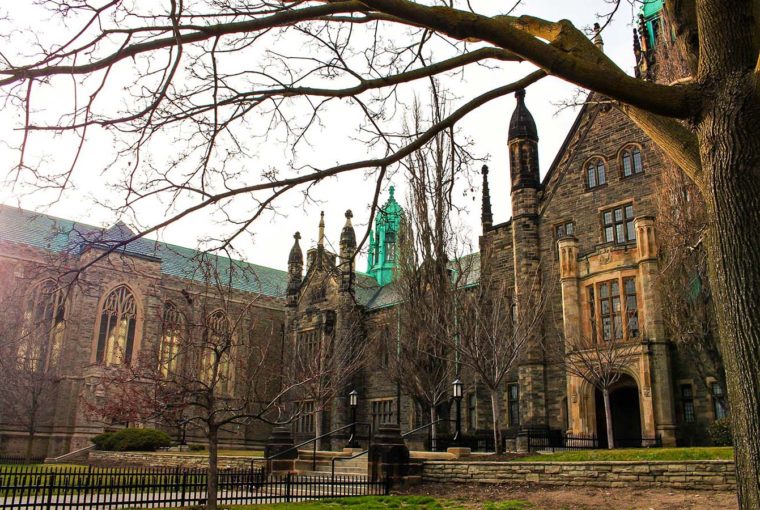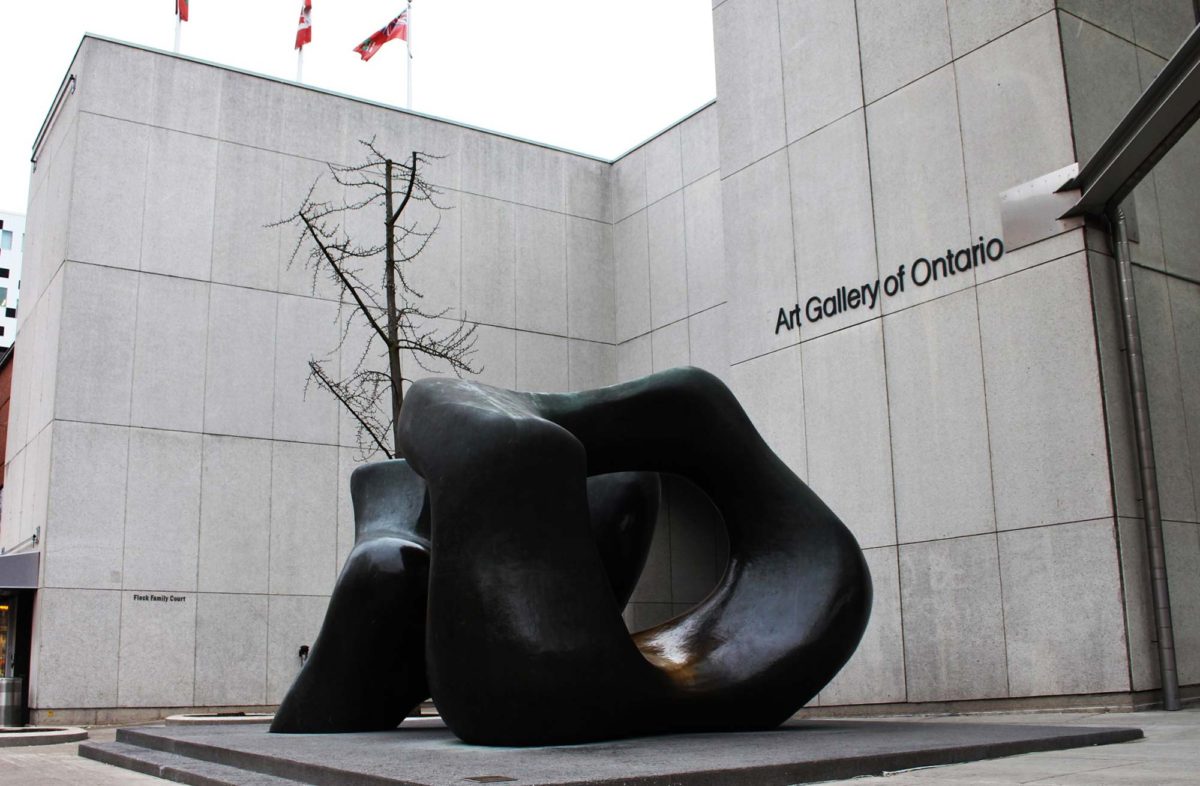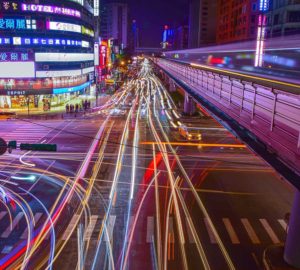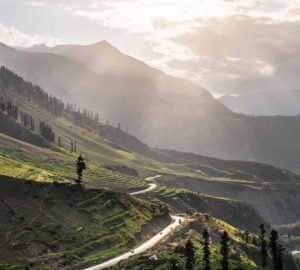Debut author of the novel The Still Point Of The Turning World (HarperCollins 2017) Sheheryar B. Sheikh has lived in many cities around the world – namely Lahore, NYC and London; but he has decided to finally put roots down in Toronto, a dynamic metropolis that amplifies his love for the arts, culture and story-telling. Interestingly, the city also inspires in him a real nesting instinct. Here he talks about the why and how of it.
Photography: Saniya Rashid
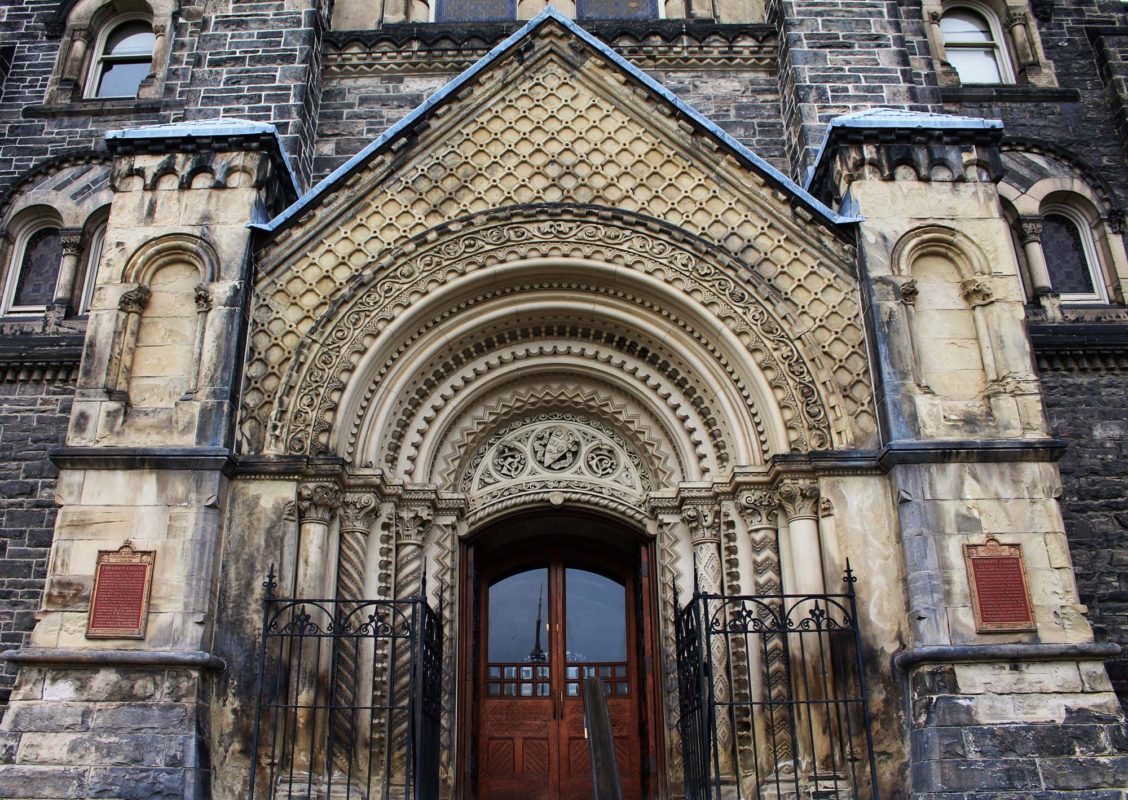
It’s the place where a childhood friend has settled down with his wife and two kids. It’s the city with the underground tube station where my wife’s cousin had a Bollywood entanglement – met the love of her life, was annoyed by him at first sight, but came around to embrace their romantic destiny. I have family living there too: an older cousin with the most beautiful voice in the world (Zeb Bangash-level, I kid you not), and her two kids. Desis abound in Toronto. They thrive.
My first time in Toronto, I flew in from my Masters programme at the University of Notre Dame in Indiana. I stayed ten days in the urban centre of the city, near the corner of Bloor and Yonge streets, and one of those days I rode the train into Mississauga to meet my cousin. Since that first visit, I’ve been to Toronto six further times, including transits, and each visit has helped to reinforce the initial set of warm impressions. Like New York, which was my home city for two years, London, which became a base for three years, and Lahore, the city I will always keep returning to, Toronto is fast adding itself to the list of cities that give me peace of mind and a sense of belonging when I visit.
In 2014, I was teaching experimental rhetoric and creative writing courses at the Lahore University of Management Sciences when I got accepted into a PhD program in Canada. Now in my third year in the doctorate on apocalyptic narratives in contemporary fiction, I have travelled a fair bit in the country, and my small city, Saskatoon, has become a kind of resting place. But I have experienced the drumbeat of Mall Road and the insomnia of Manhattan. My soul connects with the rhythm of bigger cities – their rush and flow of human traffic has become the pulse of my soul. Saskatoon, this city of under three hundred thousand, is not where I completely belong. I know this. This transit stop is just another dot connecting my journey to the heart of big-city Canada.
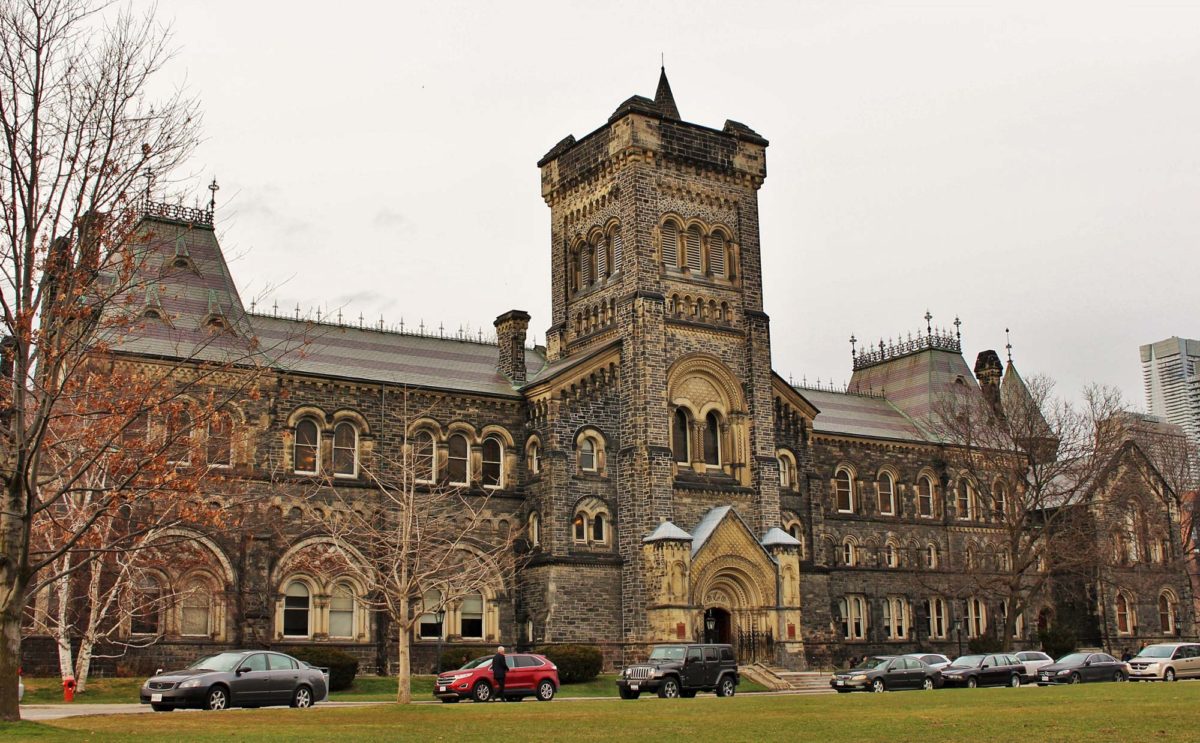
Speaking of connections: Lahore, Islamabad, and Karachi all boast direct PIA flights to Toronto. Pakistan clicks with this city. Each of those flights is over thirteen hours in length, so be cautioned that they are only for those who can brave a passage through purgatory. I recommend considering the alternatives: take the indirect Etihad or Emirates air-routes to arrive at the doorstep of a North America the way it was always meant to be: friendly, courteous, open, and accommodating. Immigration at Toronto’s Pearson Airport is a breeze if your documents are in order. Welcome. Indeed, welcome!
What’s on offer? Inclusion is the word that comes to mind. Canadians are supremely friendly – enough to make you do a double-take initially, as if sarcasm may be sub-textually included in the multiple times you hear ‘thank you’ and ‘sorry’. People make time to banter, and conversations can tick on longer than mere transactions even in the shops along the main thoroughfares. For those who love to shoot the breeze as they go about their daily commerce, here’s Toronto calling your name in multiple languages.
Those who like to make the most of their travels will be pleased with the massive amount of options. As a cultural hub, Toronto offers: the multiple exhibits in the Royal Ontario Museum (don’t miss the exhibit on birds); performances by orchestras and mainstream and indie bands in concert halls and jazz bars; movie star sightings from downtown film-sets; stand-up comedy of every quality; off-beat story-telling and exhibition events and venues; any cuisine you can name in a range of prices (I especially recommend Bloor Street Sushi, Sukothai, and Burgernator); movie theatres and book shops, and open-air bazaars such as the Kensington Market with its pedestrian Sundays. Two premier annual events are of particular interest to me as a story-teller: The International Festival of Authors, and the Toronto Film Festival. This year, I intend to make an artistic pilgrimage to both these events.
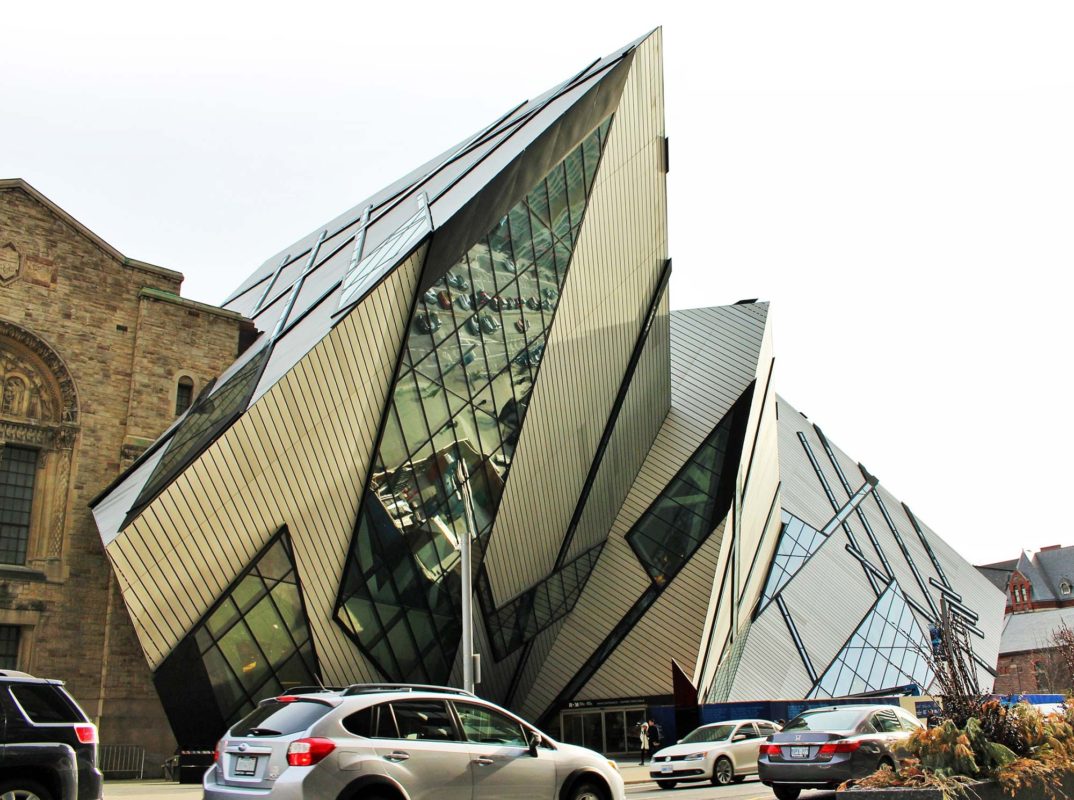
And this is just the tip of the iceberg, of course. To list out everything available on any given date in Toronto is impossible without making a directory of this article. But here’s a quick glimpse of some more participatory activities: culinary classes, yoga sessions, pottery-making lessons and clubs, outdoor art fairs, axe-throwing get-togethers (I have yet to try this promising activity), massive farmer’s markets, and exploratory walks through Chinatown. How alluring it all sounds while typing it out within a single paragraph. But, be assured that each of these activities can take a good chunk of the day, or even more time, and so plans must be made accordingly.

And what’s the difference between Toronto and other multicultural cities in the West? For one thing, the city is not hyper-conscious of itself. It is ‘chilled-out’ and doesn’t invoke its own history or tout its importance as the centre of anything. In that regard, it is more like an understated European city rather than a North American one like New York, Chicago, or even Montreal. Berlin comes to mind when thinking about Toronto. So does Amsterdam. Those cities have the vibe that Toronto has picked up over the years.
Speaking of positive vibes, Prime Minister Justin Trudeau has been a model of Canadian hospitality. He has personified the best that Canada can offer to citizens from less fortunate countries. News agencies from around the world witnessed Trudeau at Pearson Airport, welcoming with hugs and jackets the Syrian refugees who fled warzones to find safe homes in strange lands. Canada, through the doorway of Toronto, has shown the world how to treat people equally, which is perhaps the main reason I was able to feel at home halfway across the world from my original one.
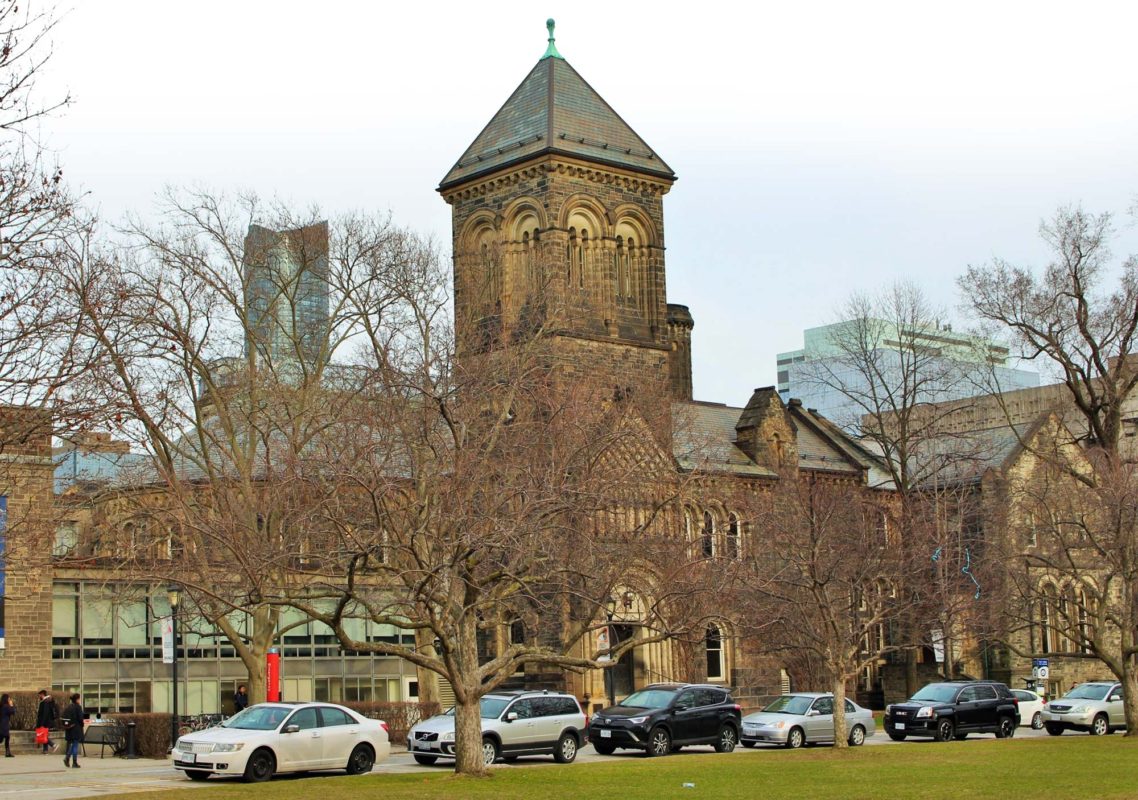
This winter, PM Trudeau was touring the country and conducting town hall meetings – essentially, taking questions directly from his citizens. I was in the meeting that he conducted in Saskatoon. I wanted to ask two very oppositely charged questions. One was a serious one, about immigration and citizenship reform; the other question I had in mind was a frivolous one, but one that could have brought up a laugh and eased any tension created by my first question. I was going to ask those questions back to back, and I raised my hand to do so. The problem was, that when the prime minister’s gaze locked onto me, and just as he was about to ask what my question for him was, I forgot the serious query, and all I could think of was my second question:
“What’s your workout schedule?”
Anyone who knows a thing about prime ministers, presidents, and monarchs knows that they are usually very unfit people (Obama being a recent exception). Justin Trudeau has broken the mould on that commonality, and is known for his extraordinary bouts of fitness (amateur boxing and hand stands are a cinch for the fella!). Because I’d forgotten the more important question, had Trudeau stayed locked onto me, and forced me to speak, the only question I could have asked would have been about his fitness regime. In the next instance, his gaze shifted away from me and he re-engaged with another raised hand. Thank God! I’m so glad I’m not caught on video asking a country’s leader a completely flippant question.
But that’s the thing about Canada. Justin Trudeau brought big-city Canada to Saskatoon for a day, and it was fun and comfortable. I was in the fourth row, a few meters away from him, while he spoke to three hundred people in a large classroom, and it was a rather cosy gathering.
It becomes easy to forget how openhearted Canadians and their leaders are. They believe in their ‘Welcome to Canada’, and say it just as meaningfully as Pakistanis offer their renowned hospitality to foreigners. For those in the desi diaspora searching for a ‘home’ after the meaning of that word has slipped out of the cracks in the fabric of contemporary civilization, Toronto, as the representative centre of Canadian cosmopolitanism, offers a non-judgmental, supportive space-an initiation into Canada. The Greater Toronto Area is massive in its sprawl, and accommodating in its embrace of the foreigner. I know desis who are artists, business people, investment workers, and, sure, they struggled a lot initially, but eventually they thrived by persevering and embracing the hard work and leisure that come in alternating beats in the flow of life in Canada’s most friendly city – a much more mellow and humanly sustainable form of the hard-work-hard-play of corporate Manhattan.
For future-minded settlers, Toronto is a clean city for raising kids: with its access to all the amenities of the developed world, its safe and healthy atmosphere, its nurturing environment for a variety of interests, and its booming suburbs that cater to those who like access to a thriving downtown without being smothered by it. Many Pakistanis when they immigrate to Canada move directly to Mississauga or one of the other suburban neighborhoods within the Greater Toronto Area, and build ties to the main city through work or business, or through their kids’ activities. The suburbs have become fully equipped with malls, and halal food joints outnumber the other kind. Out in some regions it’s difficult to not see a desi face. This is potentially a great thing, as the South Asian community is quite thoroughly assimilated by now within the fabric of the city and its framework.
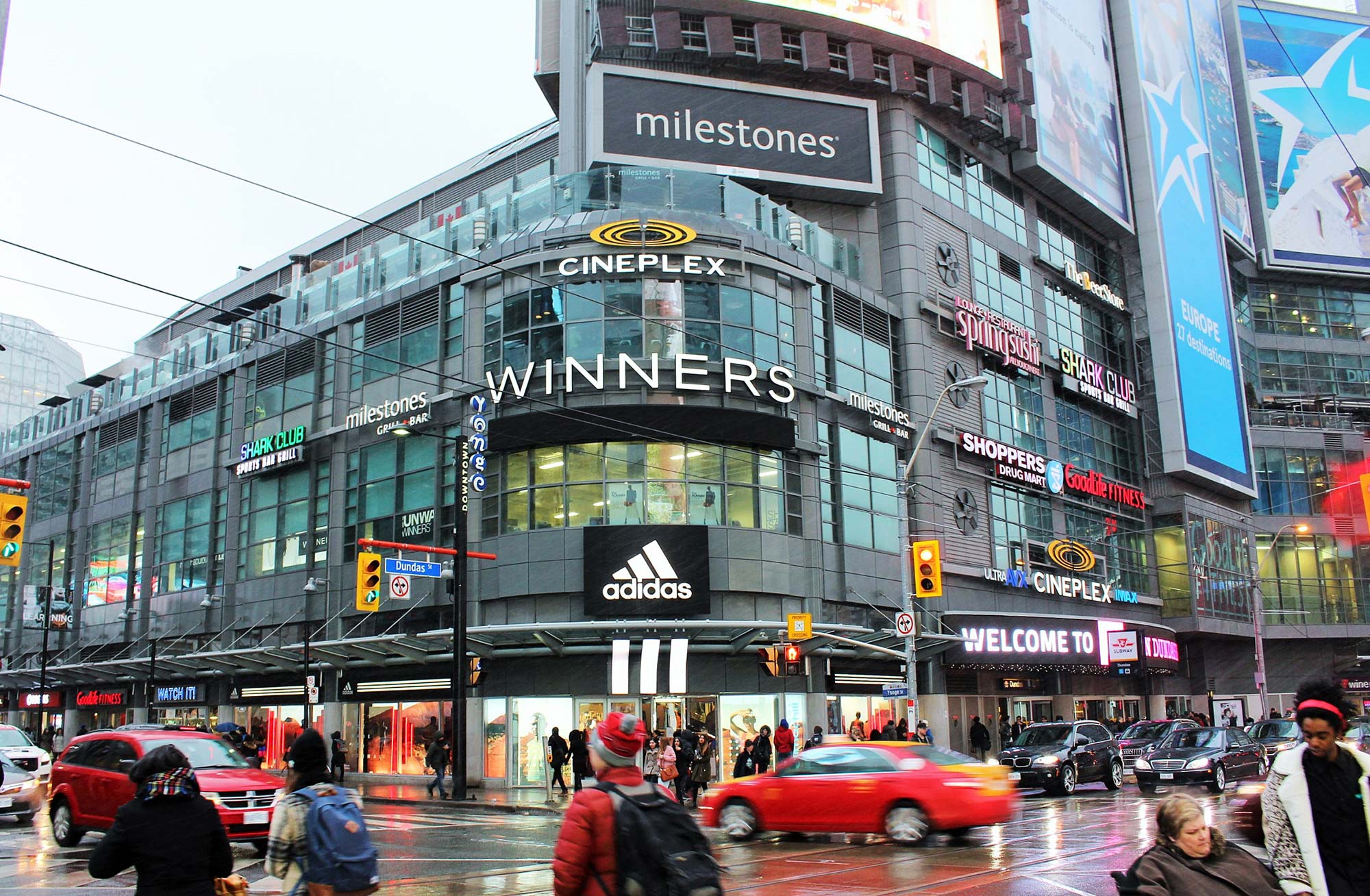
The Canadian project of making an inclusive country is self-evident in the microcosm of Toronto. Pakistanis find easy homes in its competitive but not back-breaking work environment. I moved to Canada to eventually move to the Canadian East Coast. The triangle of Montreal, Ottawa, and Toronto makes this side of the country an ideal location – coastal environment, facilities that work, and plenty of challenging job opportunities for academics. I have friends and family there, and I have a feeling – born from career aspirations as an academic, and hopes and wishes that my kids will know and care about a city as well as I knew and loved Lahore when I was growing up – that the city of Toronto will become home for me and my wife very soon. I’m looking forward to it.


